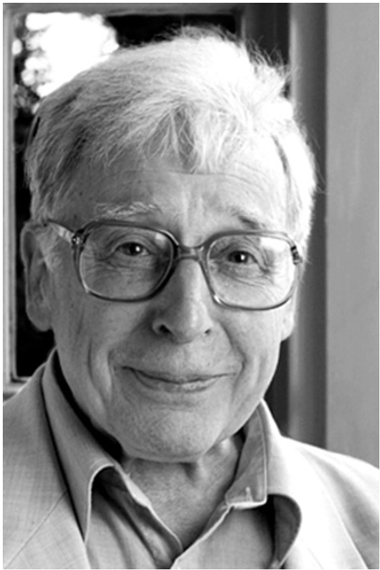Distinguished Doctors Noble Laureartes
The coveted Nobel Prize needs no introduction and those bestowed for physiology or medicine recognize outstanding discoveries in the fields of life sciences & medicine. These life changing innovations pave the way for future medical innovations. While it is not possible to plan a career around winning the Nobel prize, every awardee has left behind an outstanding legacy.
RONALD ROSS (1902)
In 1897, working on the cause of Malaria, Ross confirmed that mosquitoes spread the disease
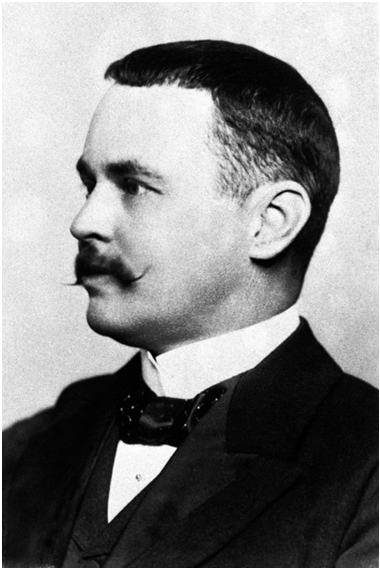
EMIL THEODORE KOCHER (1909)
An abnormal enlargement of the thyroid gland, called a goiter, can cause breathing difficulty and destroy the gland. Kocher explained the functioning of the gland and its relation to metabolism. Most importantly, Kocher’s work showed that physicians must leave an important part of the gland in place during surgery. He reduced the mortality of thyroid surgery significantly.
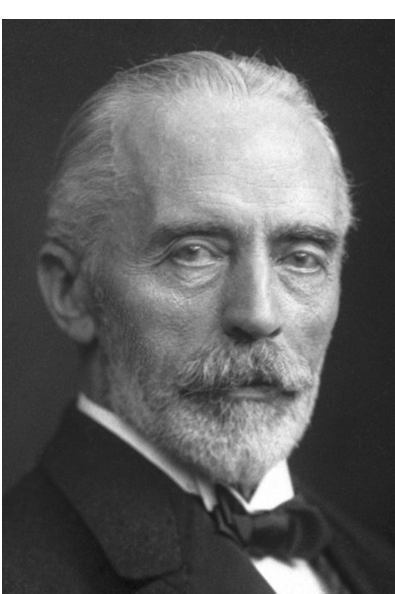
FREDERICK GRANT BANTING (1923)
In 1921, Banting conducted research with Macleod, along with Charles Best, to prove that a substance called Trypsin degraded the body’s natural insulin production. The researchers stopped Trypsin production in dogs, allowing them to extract insulin for treating suffering from diabetes.
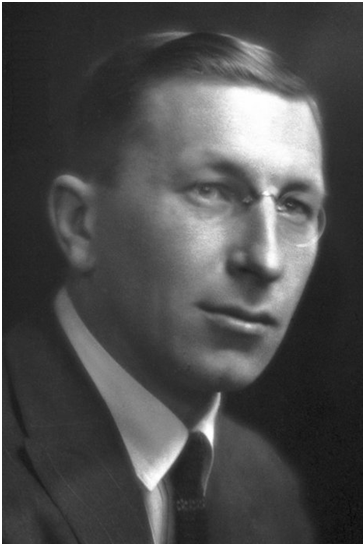
JOHN JAMES RICKARD MACLEOD (1923)
In 1921, Banting conducted research with Macleod, along with Charles Best, to prove that a substance called Trypsin degraded the body’s natural insulin production. The researchers stopped Trypsin production in dogs, allowing them to extract insulin for treating suffering from diabetes.
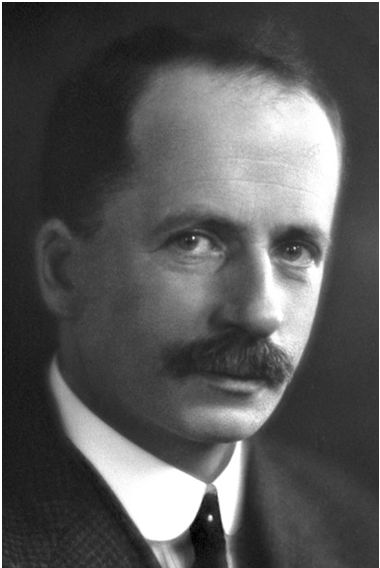
WILLEM EINTHOVEN (1924)
Electrocardiography (E.K.G). Willem Einthoven developed doctors’ ability to depict the heart and its parts, functions, and illnesses using ECGs. One key to this progress was the string galvanometer, which precisely measures tiny currents, constructed by Willem Einthoven in 1903.
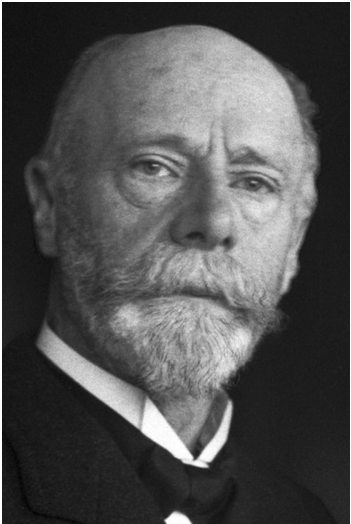
KARL LANDSTEINER (1930)
Karl Landsteiner and Murray developed a technique using radiotherapy and immunosuppressants to discourage the body’s tendency to reject donor organs.
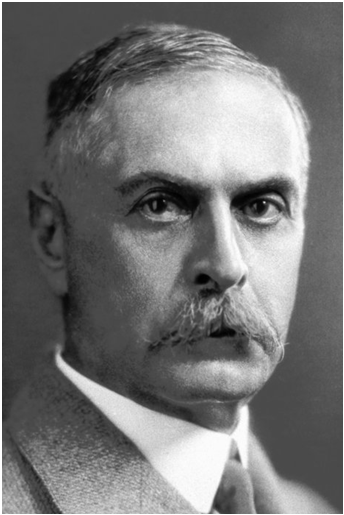
SIR ALEXANDER FLEMING (1945)
For the discovery of penicillin and its curative effect in various infectious disease
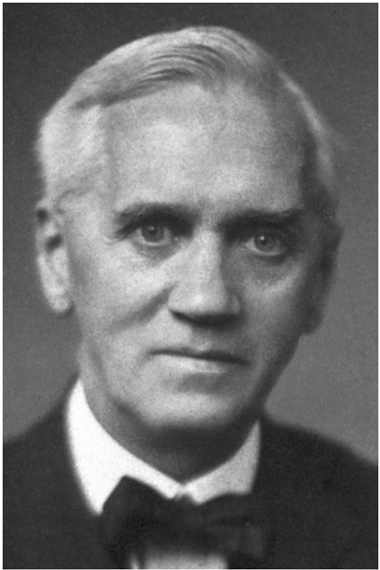
SELMAN ABRAHAM WAKSMAN (1952)
After Robert Koch discovered that tuberculosis is caused by a bacterium, in 1943 Selman Waksman and colleague, Albert Schatz, isolated streptomycin from this bacterium, which proved an effective medicine against tuberculosis.
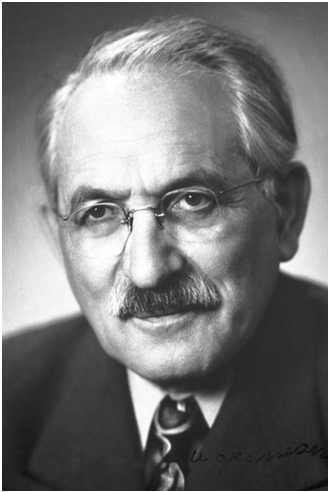
Robert F. Furchgott (1998)
Nitric oxide as a signaling molecule in the cardiovascular system (leading to development of sildenafil citrate and similar drugs)
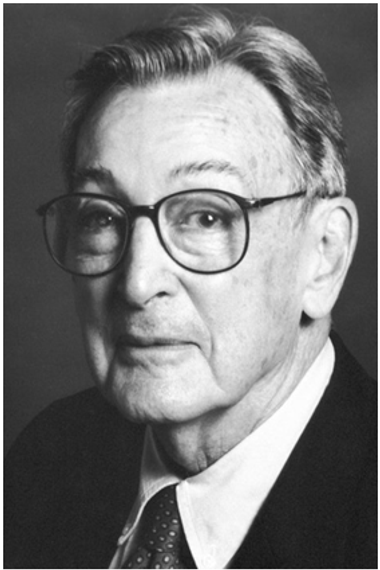
Louis J. Ignarro (1998)
Nitric oxide as a signaling molecule in the cardiovascular system (leading to development of sildenafil citrate and similar drugs)
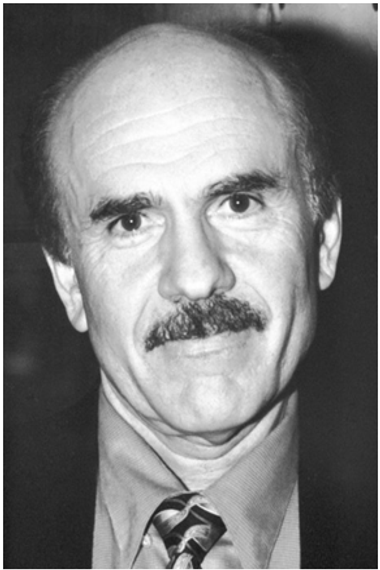
Ferid Murad (1998)
Nitric oxide as a signaling molecule in the cardiovascular system (leading to development of sildenafil citrate and similar drugs)
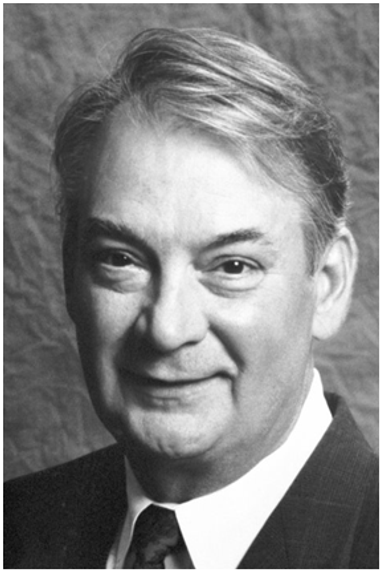
PAUL C. LAUTERBUR (2003)
Discovery of magnetic resonance imaging (MRI) technology.
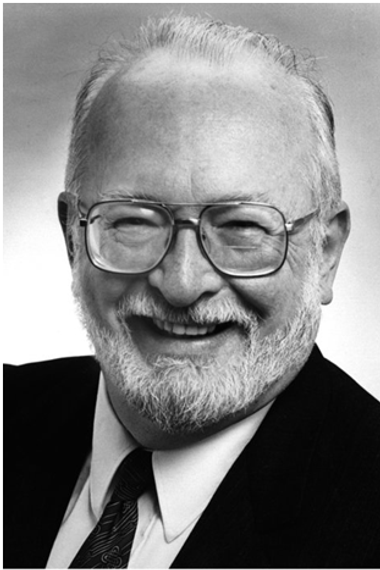
Sir Peter Mansfield (2003)
Discovery of magnetic resonance imaging (MRI) technology.

Françoise Barré-Sinoussi (2008)
Scientists define genomes that contain ribonucleic acid (RNA) that can enter host deoxyribonucleic acid (DNA) as retroviruses. They discovered a retrovirus, later named Human Immunodeficiency Virus (HIV) that caused Acquired Immunodeficiency Syndrome (AIDS). This revelation led to improved treatments for those diagnosed with AIDS.

Harald zur Hausen (2008)
Scientists define genomes that contain ribonucleic acid (RNA) that can enter host deoxyribonucleic acid (DNA) as retroviruses. They discovered a retrovirus, later named Human Immunodeficiency Virus (HIV) that caused Acquired Immunodeficiency Syndrome (AIDS). This revelation led to improved treatments for those diagnosed with AIDS. Nobel Prize Committee split recognition with Hausen for “his discovery of human papilloma viruses causing cervical cancer”
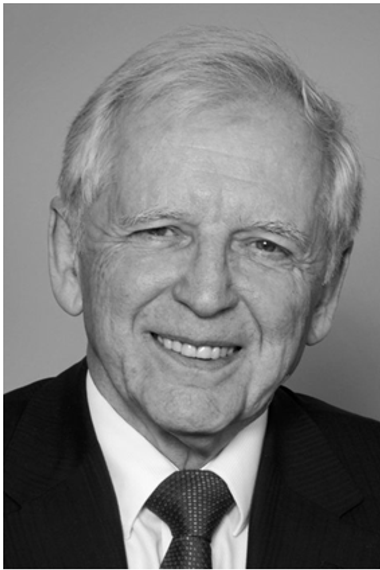
ROBERT G. EDWARDS (2010)
Some couples experience fertility difficulties. In the late 1970’s Edwards developed the concept of removing female eggs and fertilizing them in test tubes. The first in vitro fertilized birth took place in 1978.
